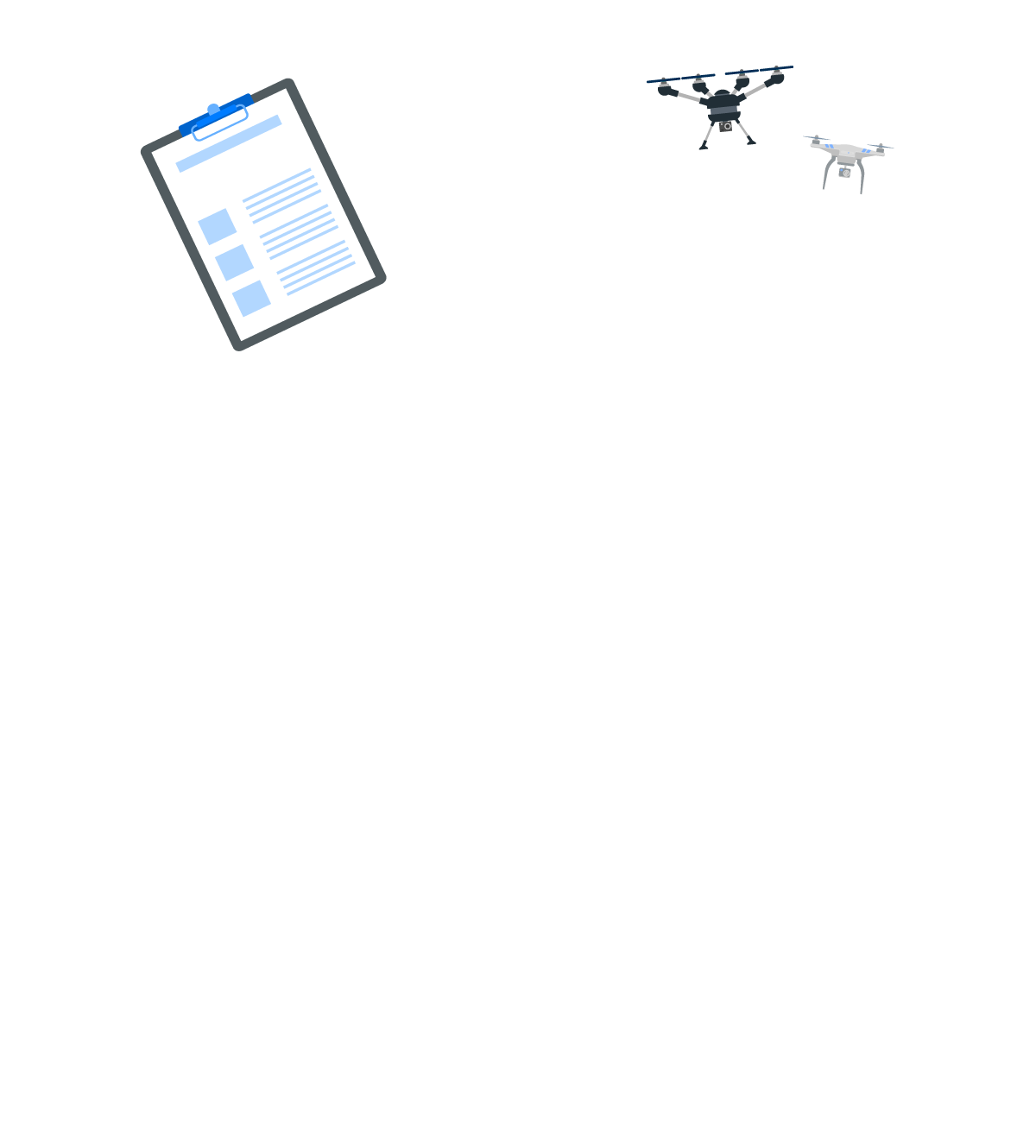
Step 1 | Lesson 1.10
Federal Aviation Regulations
Airspace is categorized as regulatory or non-regulatory by the FAA. Within these two groups, there are four types of airspace, determined by aircraft density, location, operational significance and other considerations.
A range of advisories are applicable for each type of airspace. In this lesson, you’ll learn about the different FAA advisories across the National Airspace, and how they impact drone operations.
Every Flight to the Future lesson has seven segments that take you through a Mind Expanding Journey.
– Introduction
– Presentation
– Concept
– In-depth
– Recap
– Required reading
– Assessment
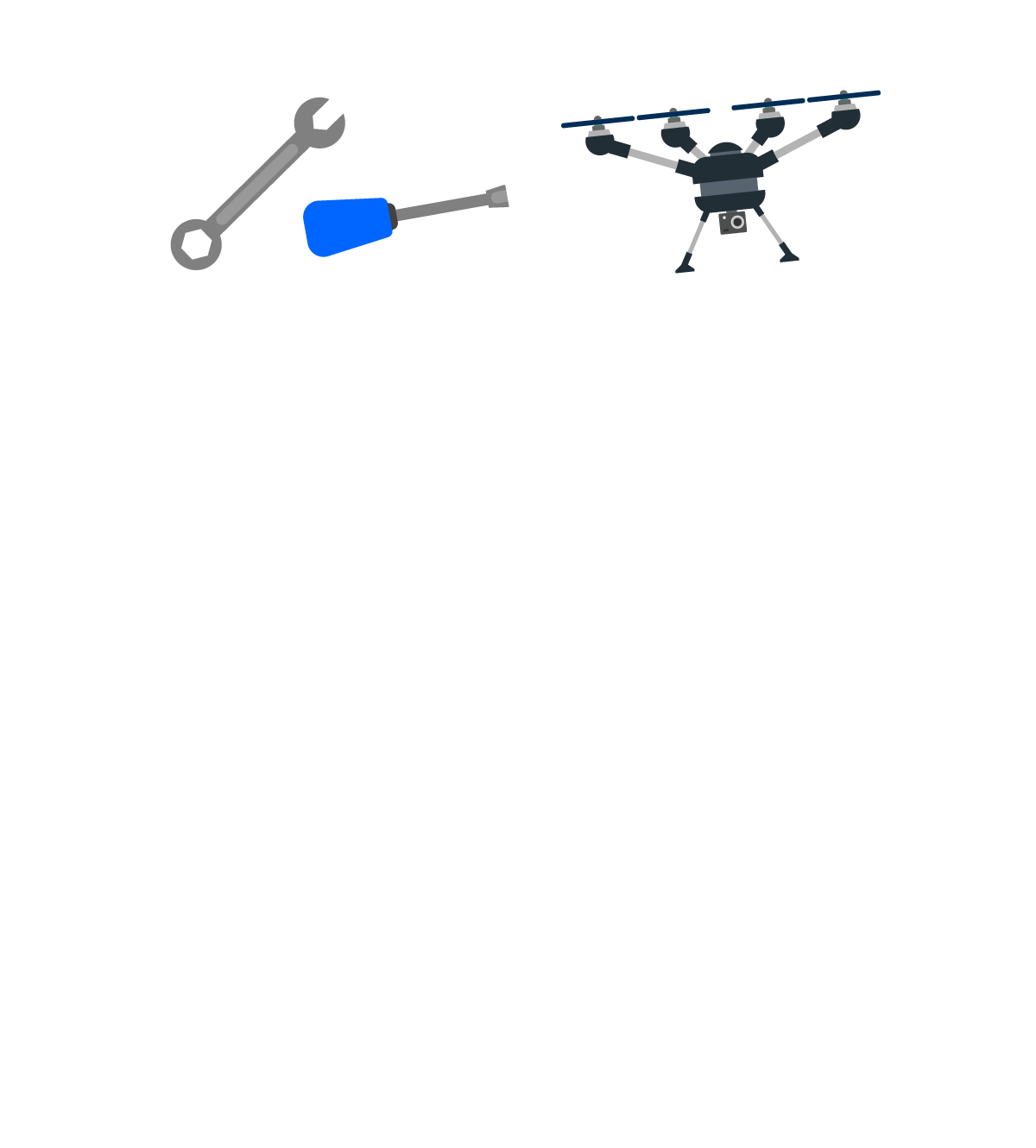
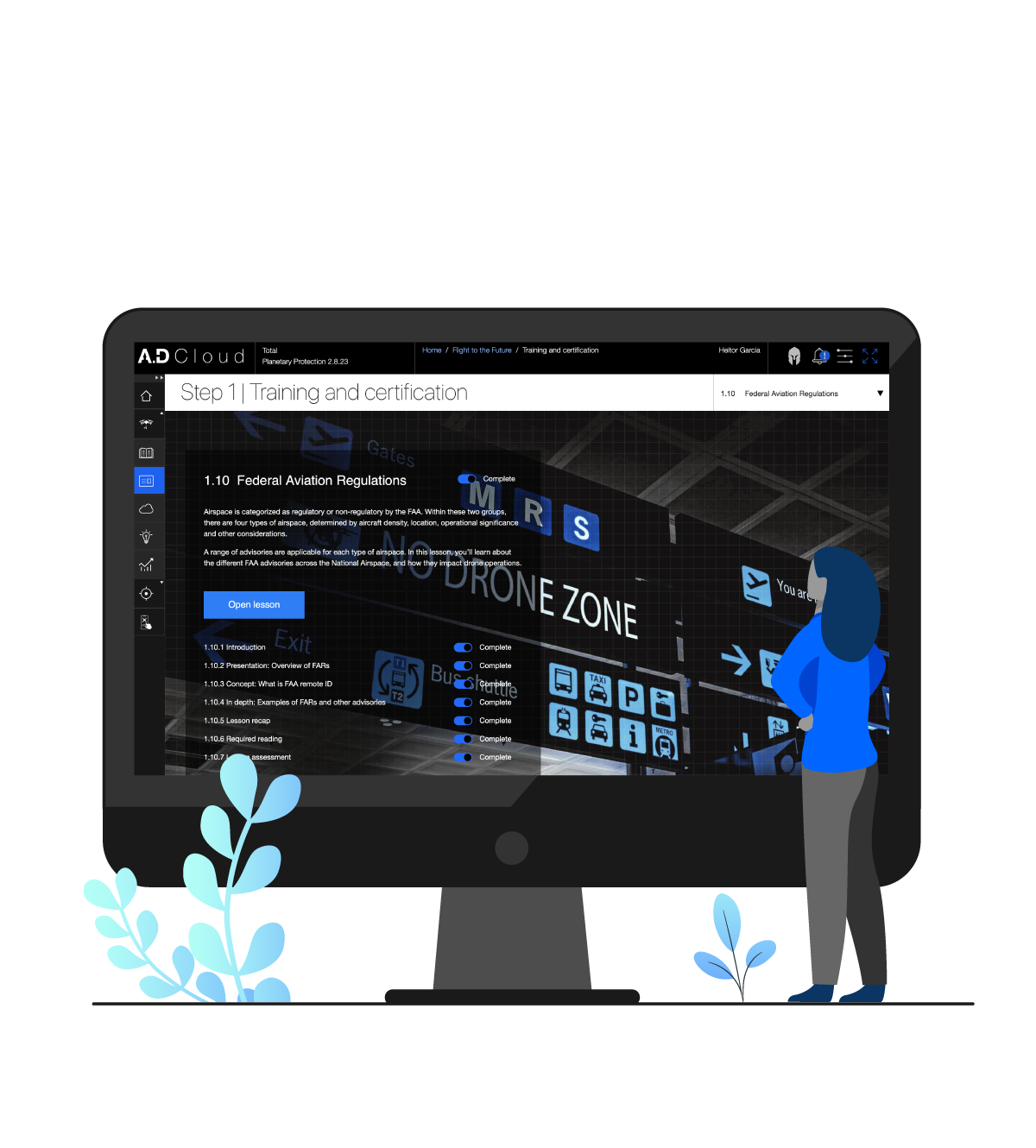

1.10.1. Introduction
Safety guidelines
Perhaps the most critical aspect of aviation is safety. The Federal Aviation Administration (FAA) has put important guardrails in place to ensure a safe airspace for everyone involved — from pilots and flight crews to passengers and the public.
As part of Title 14 of the Code of Federal Regulations (CFR), the Federal Aviation Regulations (FARs) cover UAS operations and many other flight-related activities that will have an impact on your business.
In this learning module, you’ll explore the rules that govern all aviation activities in the United States — the key regulations, reference materials and resources that will guide you in preparing for your certification exam and for operating your drone business.
We’ll delve into 14 CFR Part 107, which is the primary source of regulatory guidance for unmanned aircraft systems (UAS). We’ll take a close look at Remote ID – the latest example of drone regulation in action. And we’ll unpack a few of the most critical regulations you can expect to see on your certification exam.
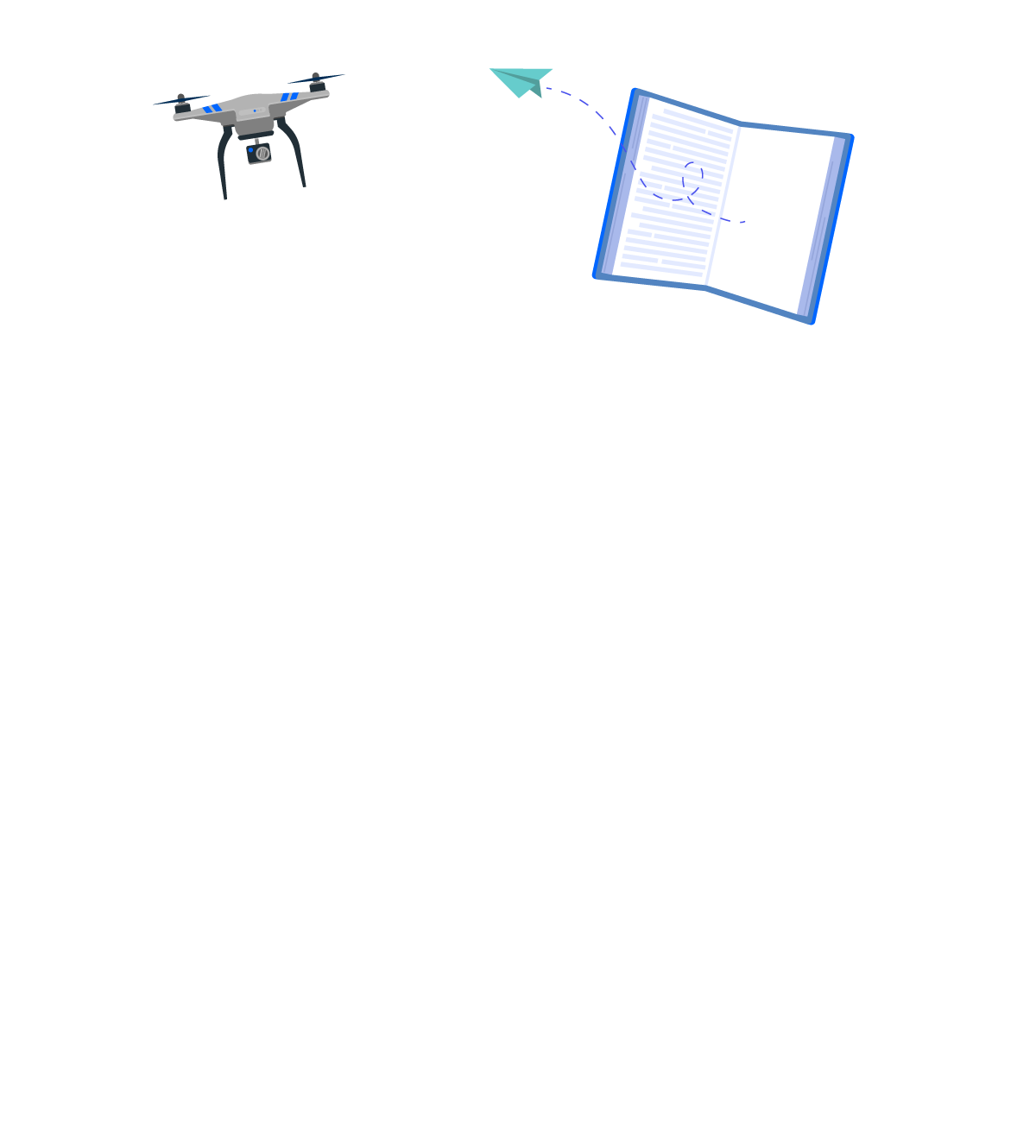


1.10.2 Presentation
Overview of FARs
Let’s take a quick look at some of the key elements of Part 107, as well as some related requirements.
Part 107 includes general information and regulations — such as the definition of a small unmanned aircraft. It provides specific operational regulations — such as how and where you can operate your drone. It also includes rules for becoming certified as a remote pilot.
Although Part 107 covers most of the regulations for your drone business, you’ll need to refer to a few other sections of the Code for important information on related topics.
Watch the teaser

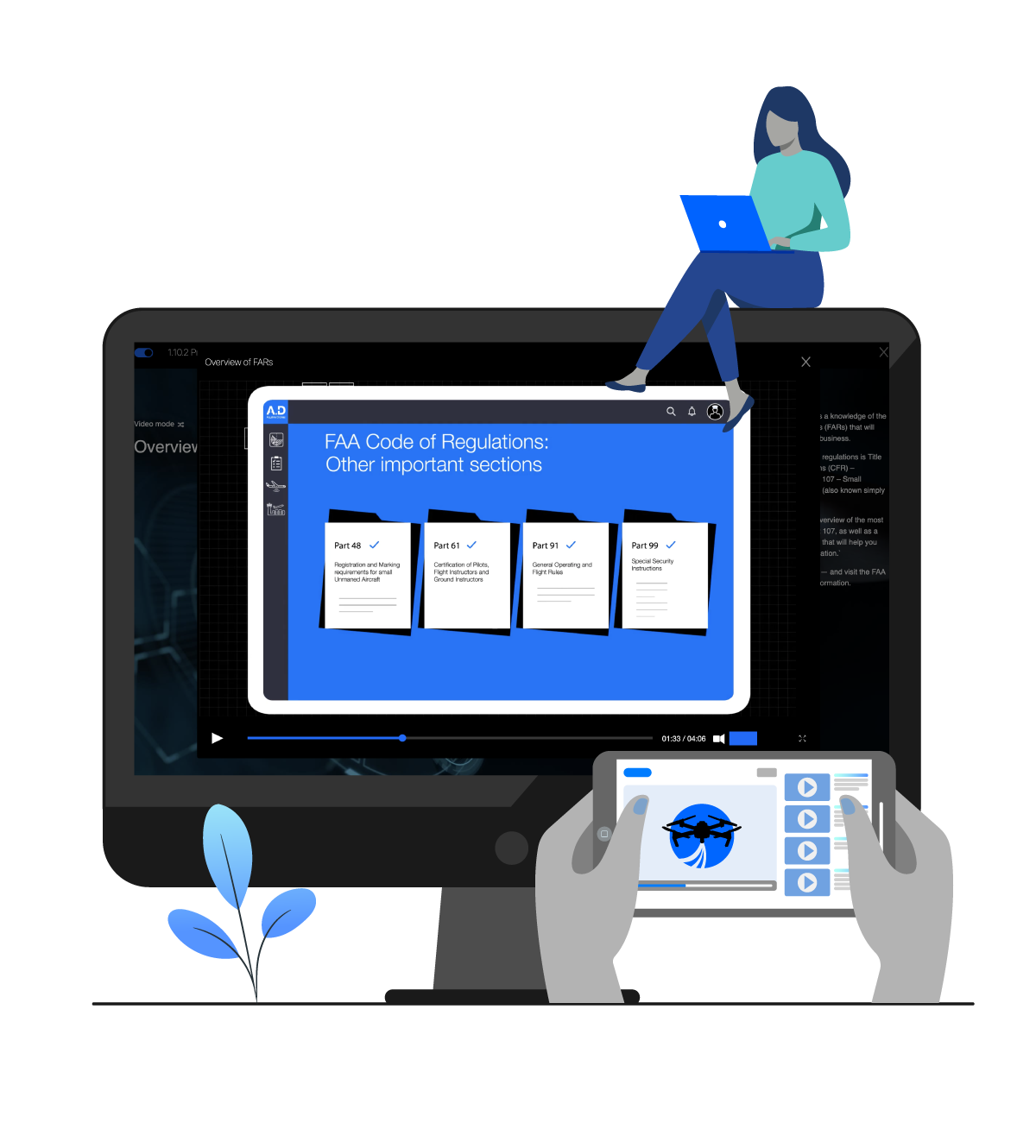

1.10.3 Concept
What is FAA remote ID
By 2021, new U.S. legislation will require eligible drones to implement a remote identification system — also known as Remote ID.
Remote ID — a drone’s ability to communicate identification information — enables regulatory authorities such as the FAA, law enforcement and other entities to track and manage drone traffic, enforce the rules, and ensure everyone’s safety.
As regulations expand to include more and more drones, Remote ID will become an increasingly critical component of managing unmanned traffic across the National Airspace.
Watch the teaser
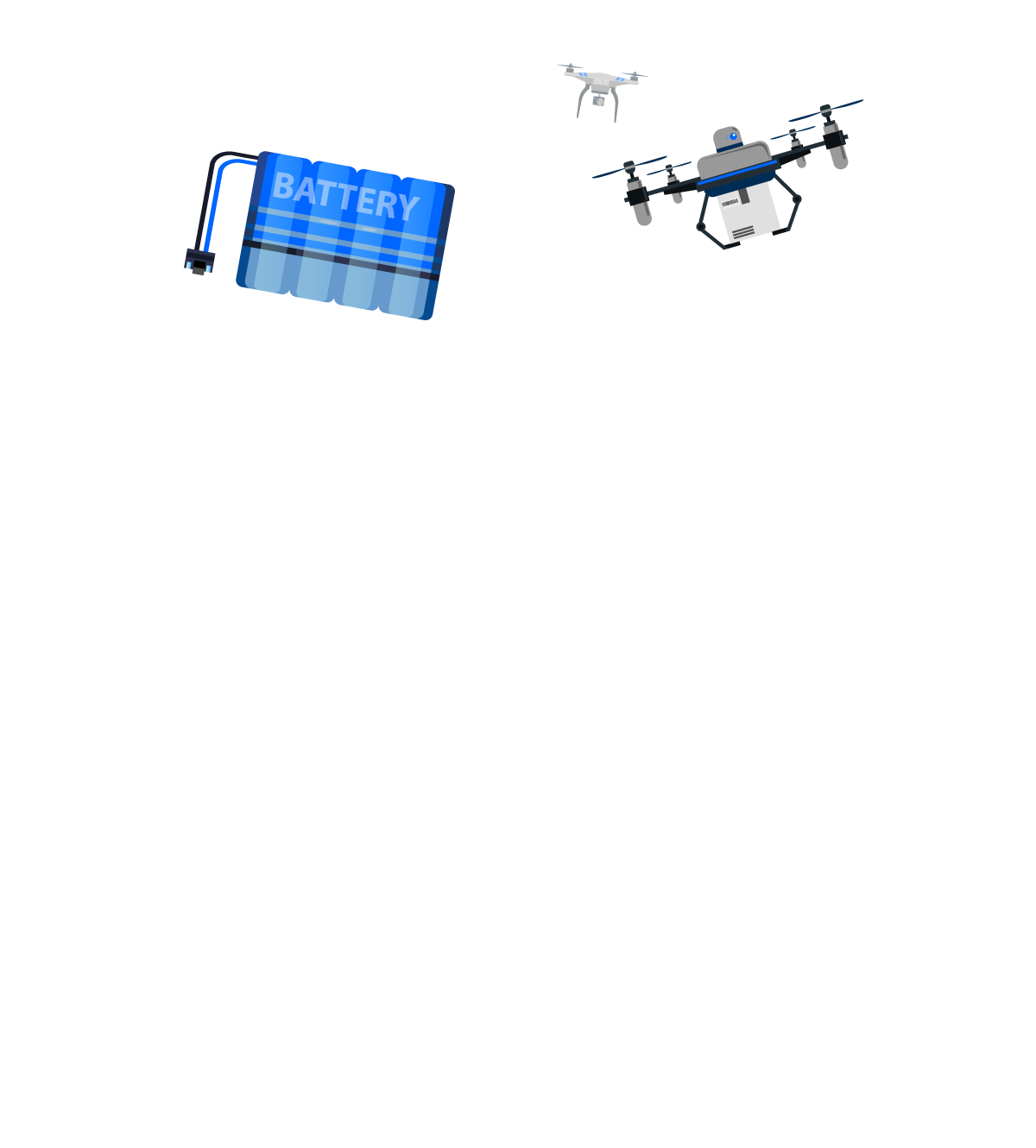


1.10.4 In-depth
Practical examples of FARs and other advisories
Key takeaways
To operate a drone, you’ll need a Remote Pilot Certificate (license) with a small UAS rating (the type of license you will receive). You’ll also need to be current in your aeronautical knowledge (as required in CFR §107.65).
Visual observer
If a visual observer is used during the aircraft operation, all of the following requirements must be met:
(a) The remote pilot in command, the person manipulating the flight controls of the small unmanned aircraft system, and the visual observer must maintain effective communication with each other at all times.
(b) The remote pilot in command must ensure that the visual observer is able to see the unmanned aircraft in the manner specified in §107.31 (reference the previous slide).
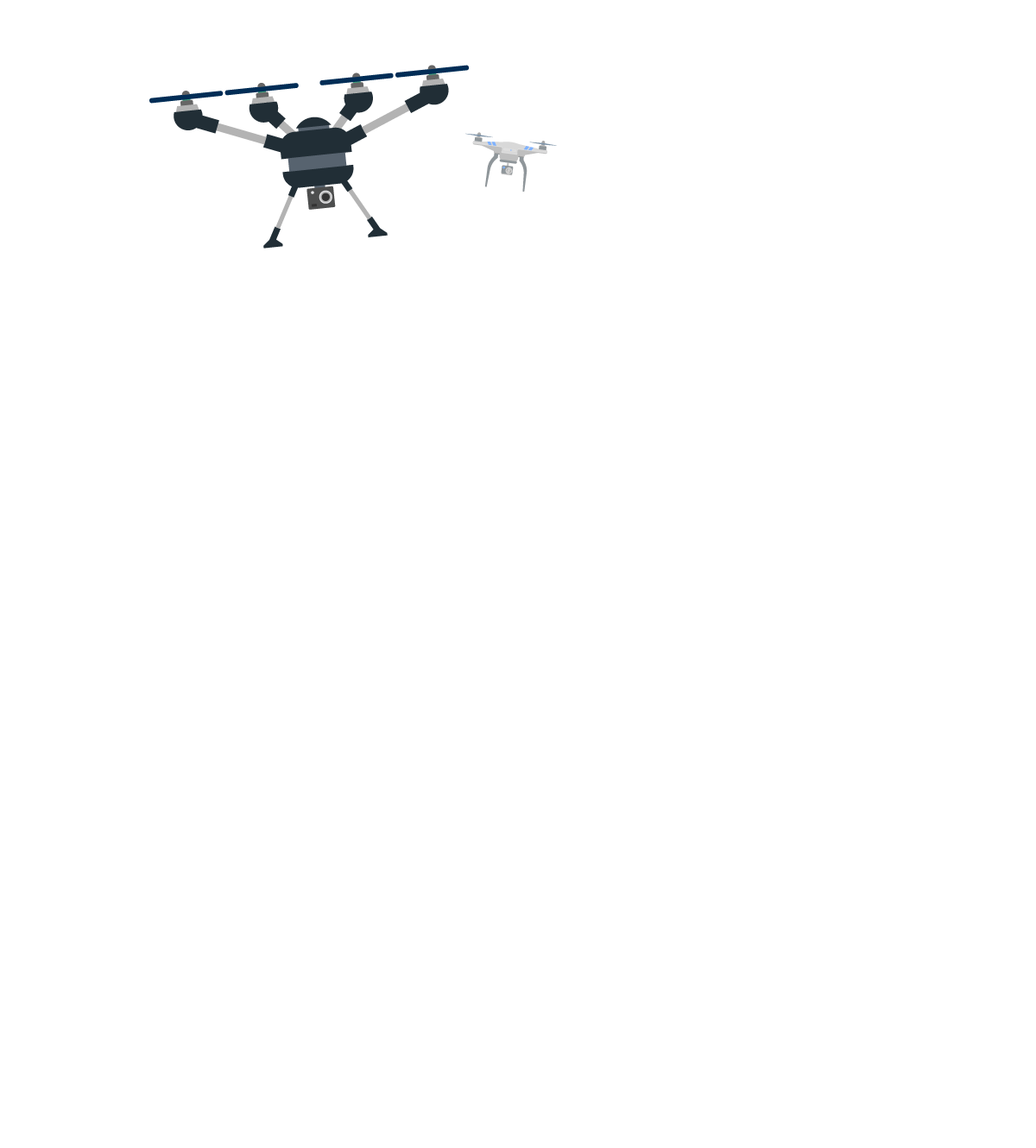
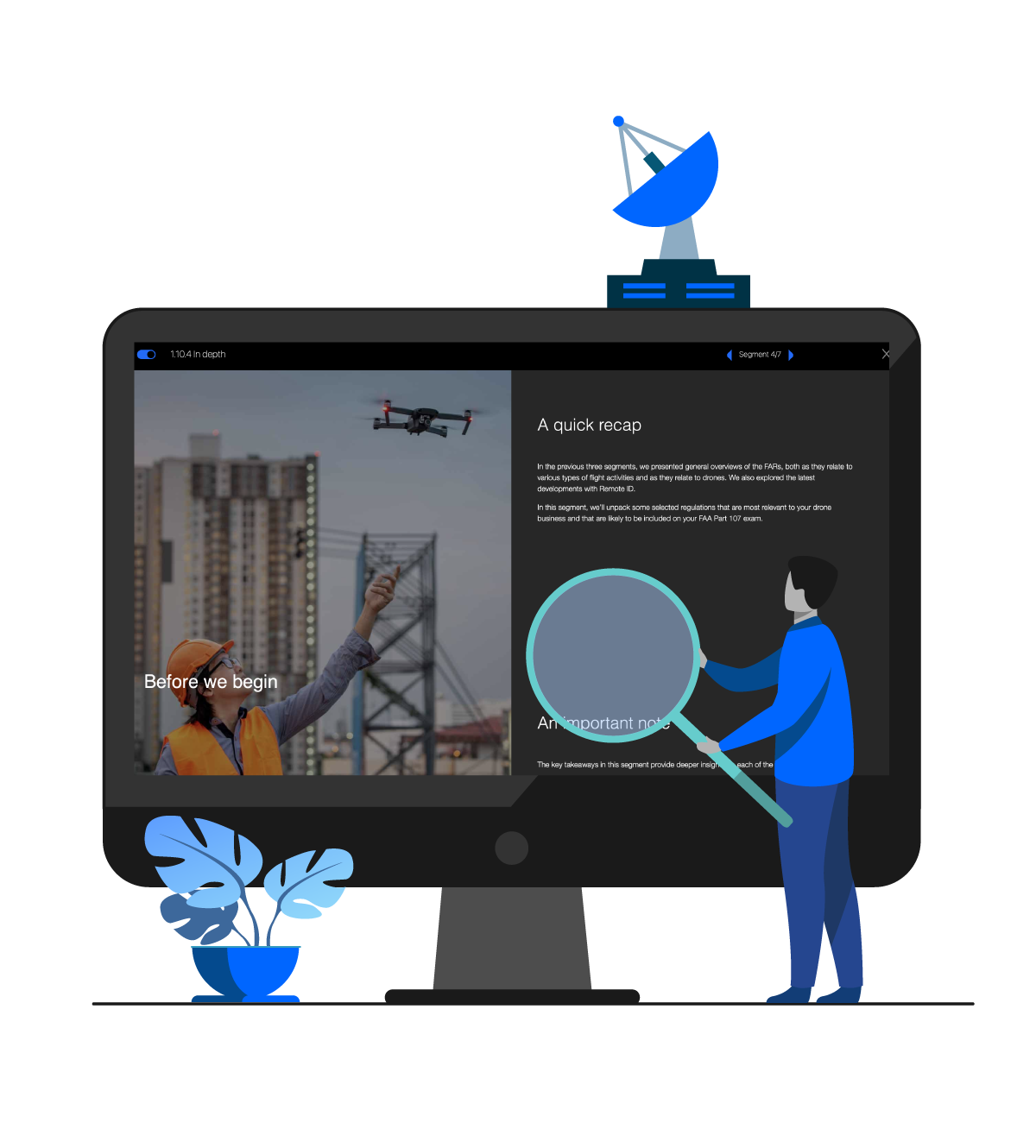

1.10.5 Recap
Lesson summary
Part 107 does not cover the use of drones for agricultural purposes.
The FAA does not permit commercial drones to carry hazardous materials under any circumstance. The only exception to this rule is for specially certified agricultural aircraft.
If crop spraying is a business you want to pursue, you’ll want to learn the certification requirements for agricultural aircraft, which can be found in 14 CFR Part 137.
Drone pilots are subject to inspection, testing and demonstration of compliance.
Just as most states require proof of a driver’s license, registration and auto insurance, 14 CFR Part 107.7 indicates that drone pilots must be able to present their FAA pilot certificate with UAS rating, drone registration, waivers and any other required documentation to the FAA on demand.
The FAA can also test or inspect your drone on demand.

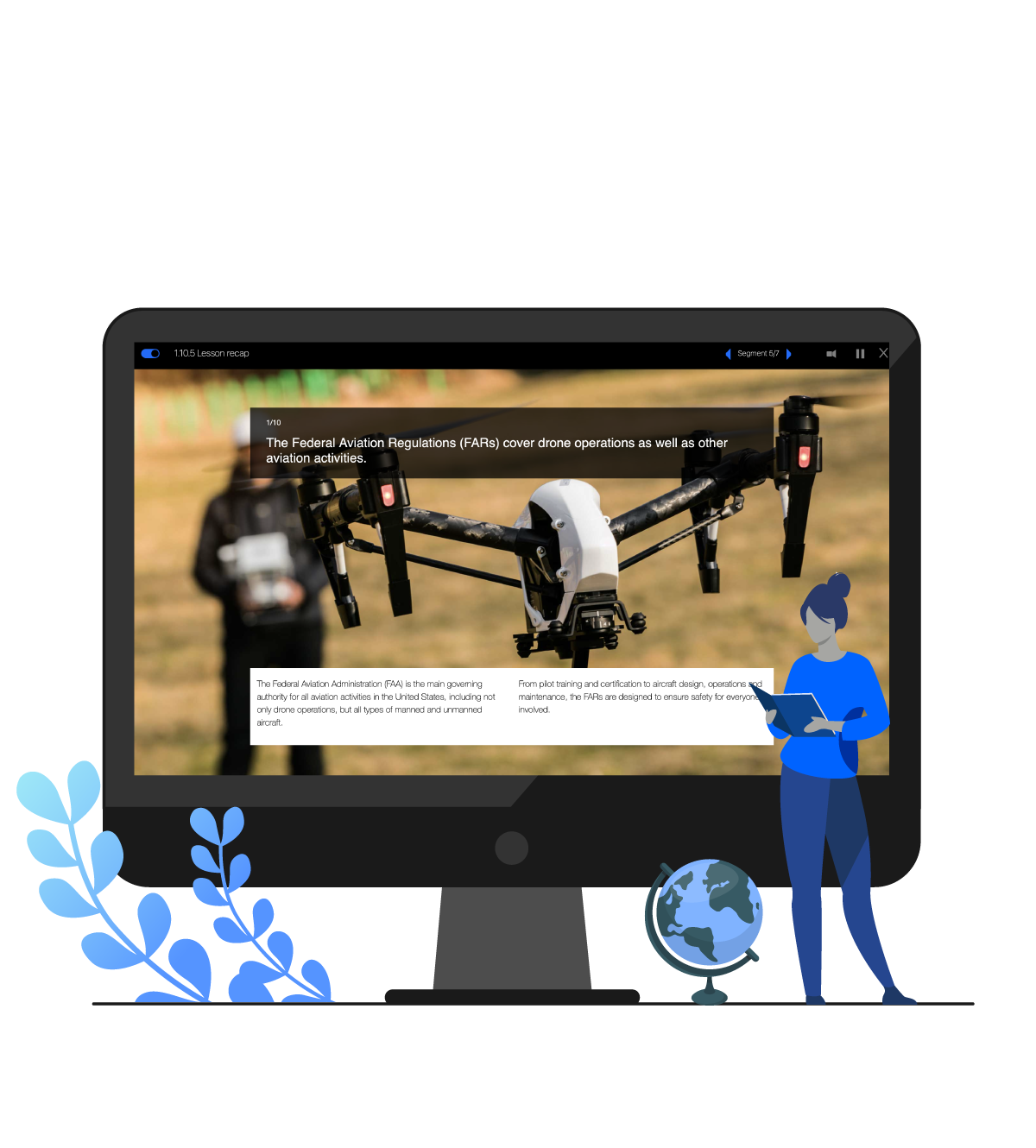

1.10.6 Required reading
Lesson library
Required
– Title 14 Part 107
– Low Altitude Authorization and Notification Capability (LAANC)
– Remote ID
– FAA Advisory Circular 107-2
– Safety Alerts for Operators (SAFOs)
– Flight Standards Information Management System (FSIMS) 8900.1
For advanced readers
– The UAS section on the FAA website
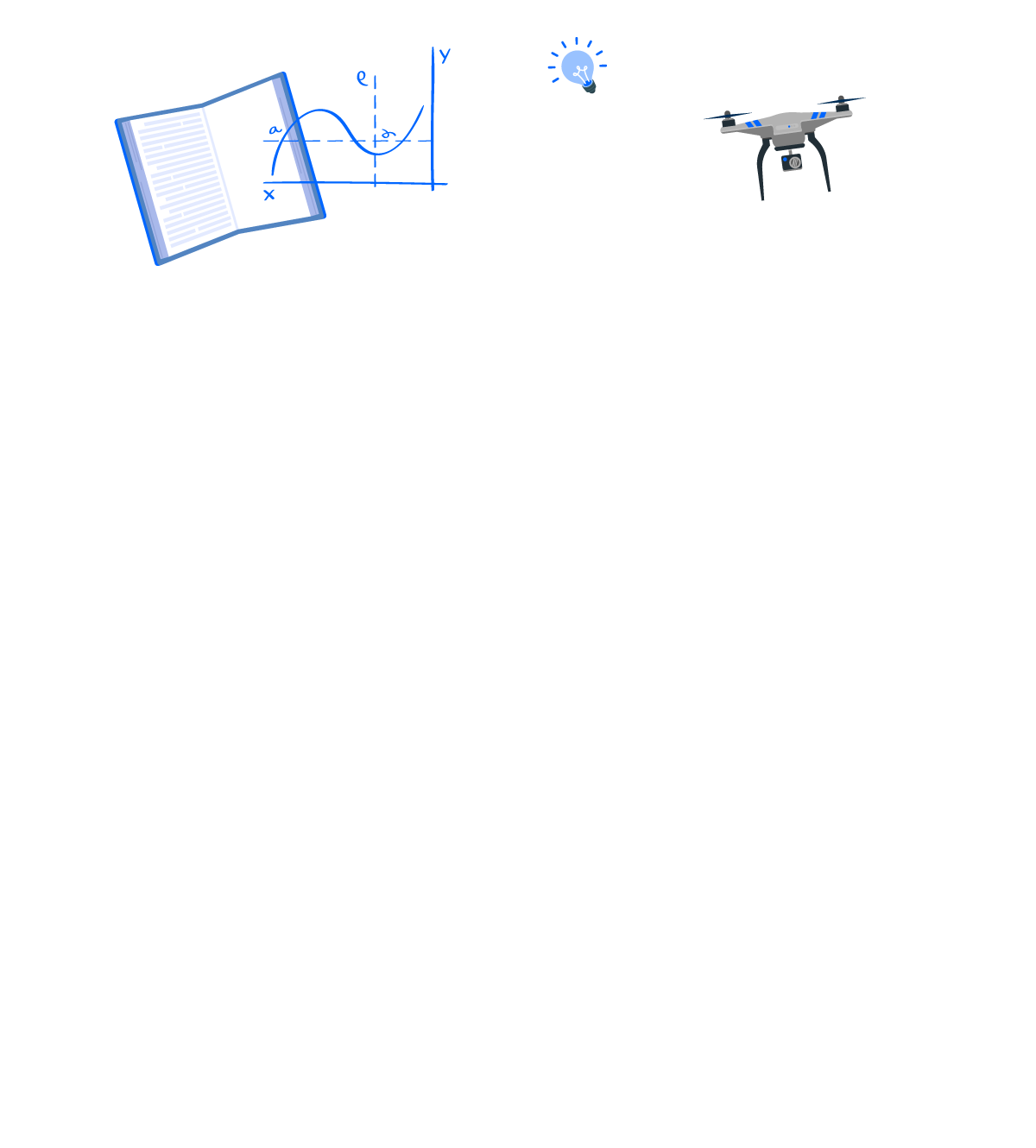


1.10.7 Assessment
Lesson quiz
How old must you be to register a UAS weighing greater than .55 pounds?
– 13 years old
– 16 years old
– 18 years old
– 21 years old
Ten multiple choice questions. An 80% score is needed to advance to the next lesson.
